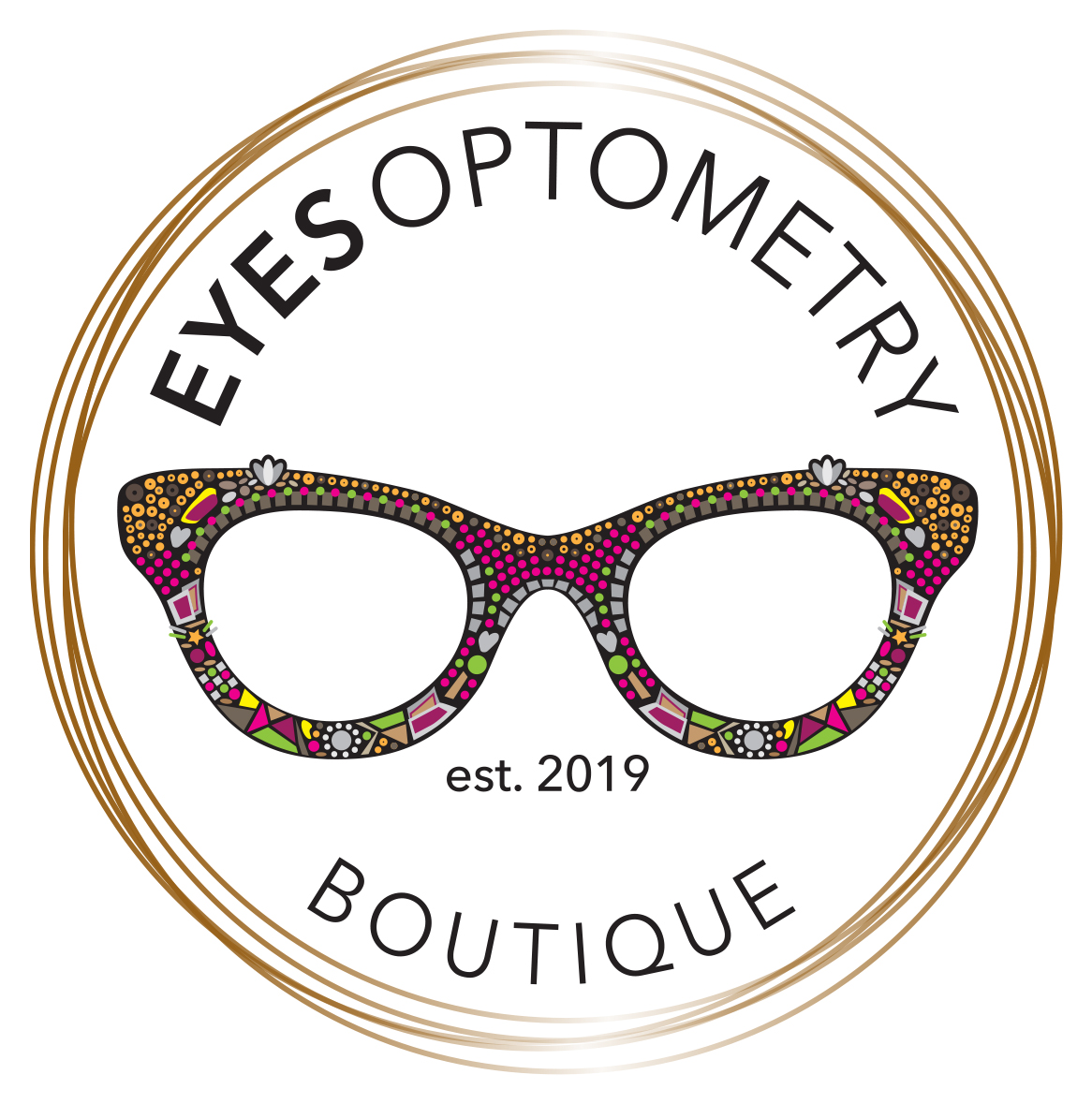Myopia Management
What is Myopia?
Myopia, or nearsightedness, is when people can see objects up close, but objects far away appear blurry. In the case of myopia, the eye grows too long, causing light entering the eye to focus at a point before reaching the retina, thus causing a blurry image. Nearsightedness is classified into two categories, myopia and high myopia. In 2015, The World Health Organization (WHO) defined high myopia as those with a prescription over -5.00 diopters.
What causes Myopia?
Initially researchers thought myopia was solely due to genetics. Now we know that myopia is caused by many factors, including: genetics, age, ethnicity, increased near activities, and reduced outdoor time.
What can I do to prevent Myopia?
There is no cure for myopia. There are many articles that show increased time spent outdoors and reduced near activities are protective against myopia development.
Why do I need to be concerned?
The prevalence of myopia and high myopia is a global concern according to World Health Organization. It is estimated that by 2050, 50% of the world’s population will be myopic compared to only 23% in 2000.
Why treat Myopia?
Those diagnosed with myopia or high myopia are more at increased risk of developing vision-threatening pathology.
LASIK surgery for Myopia
Fully correcting high myopia is not always possible and the surgery does not change the length of the eye. It is important to remember that for those who are myopic and have LASIK surgery, the level of risk for ocular pathology remains the same. Controlling myopia pSrogression is recommended first to lower the risk of life-long pathology before considering LASIK.
Treating Myopia
The greatest impact we can make on slowing myopia is during the time when eye growth is progressing at its quickest. Studies have shown that most eye growth and increasing myopia occurs in school-age children, although for some myopia can continue to progress into their 30s. The types of myopia control treatment are contact lenses, low-dose atropine eye drops, and bifocal or progressive glasses.
View our Myopia Management informational flier here for more information.

